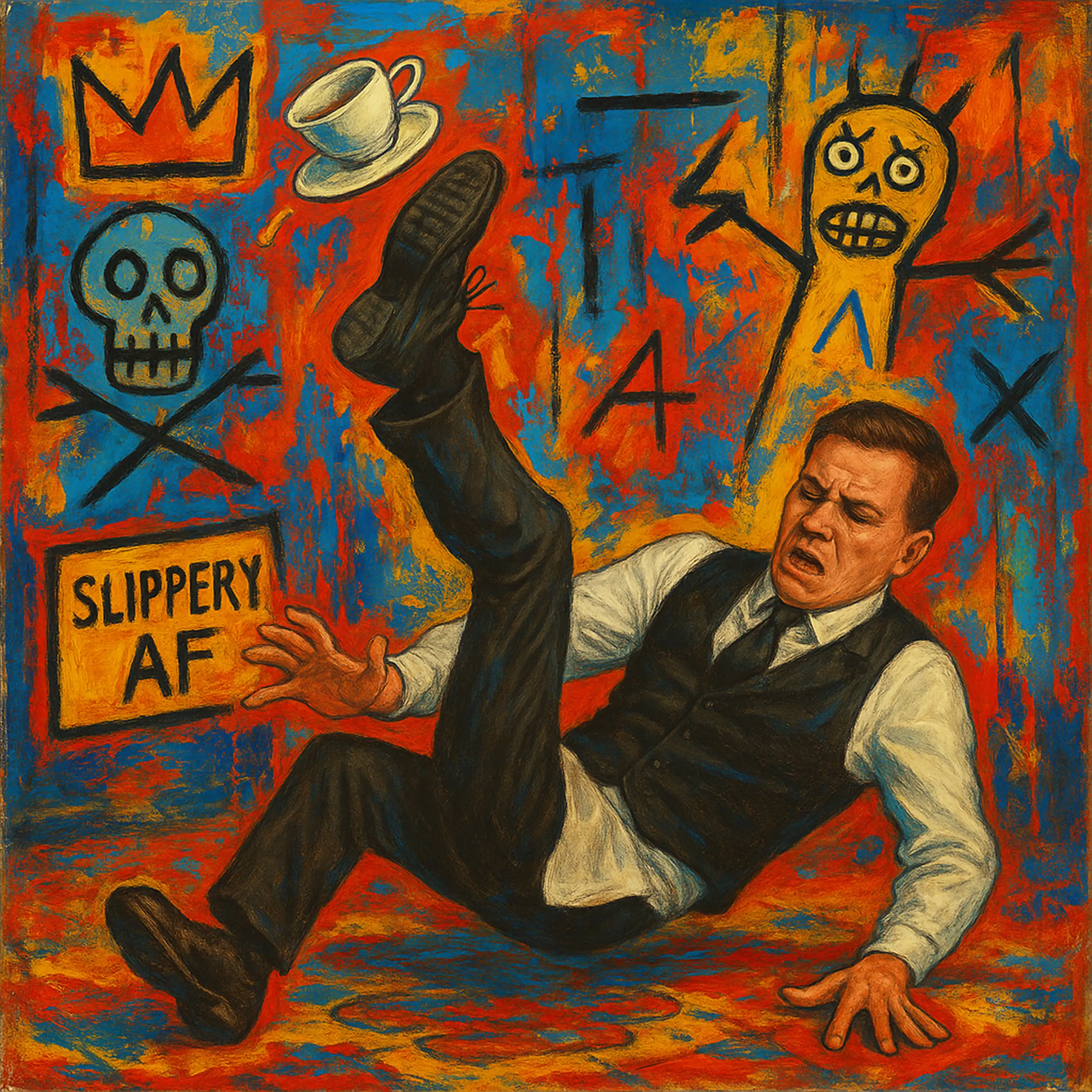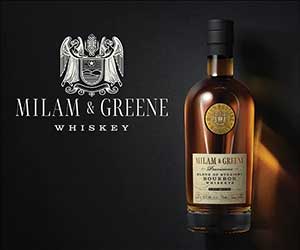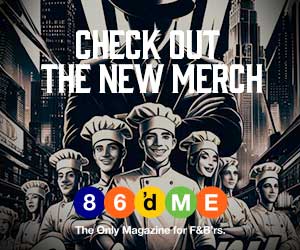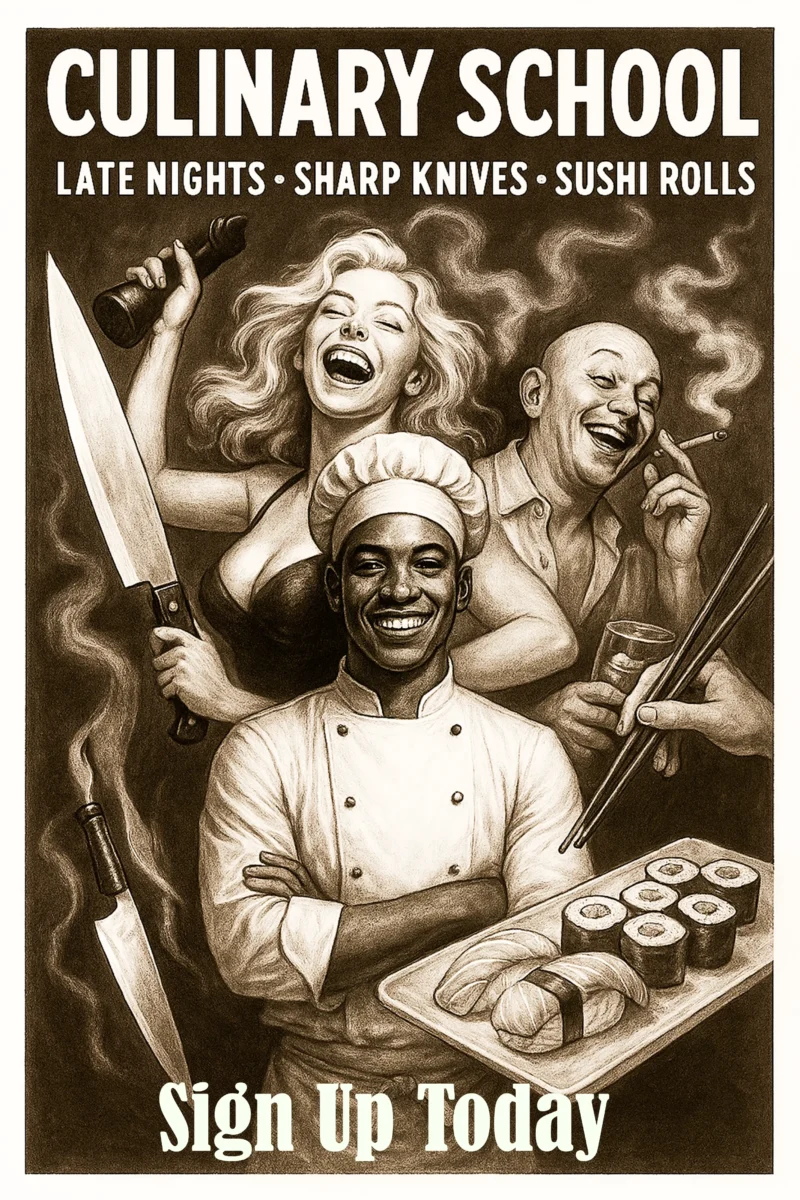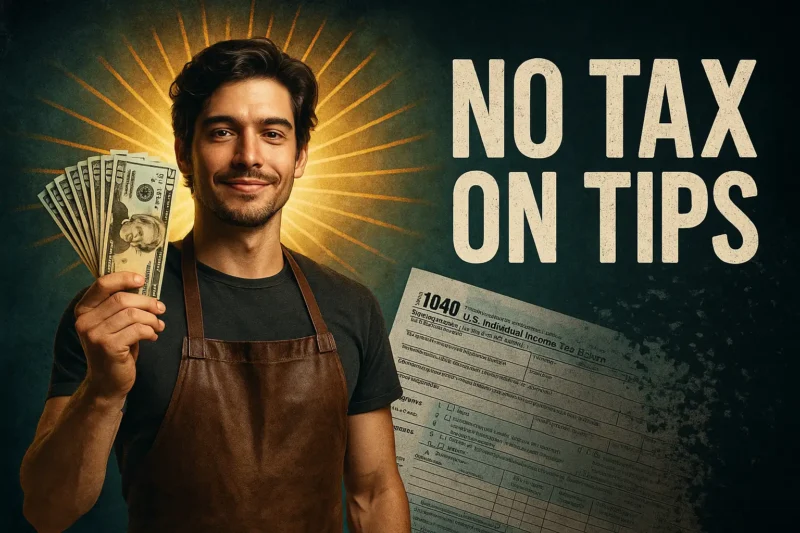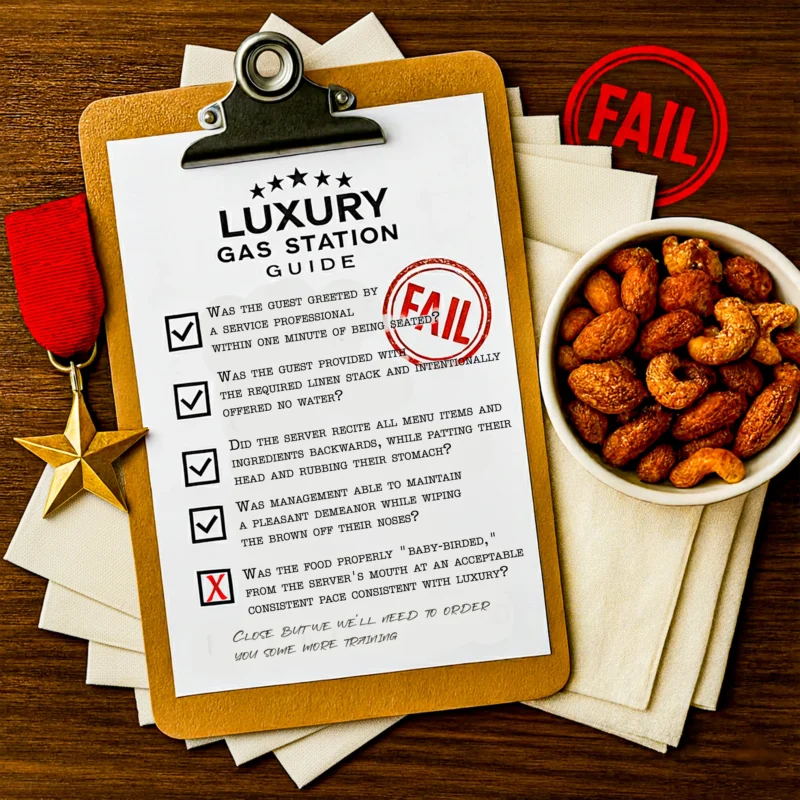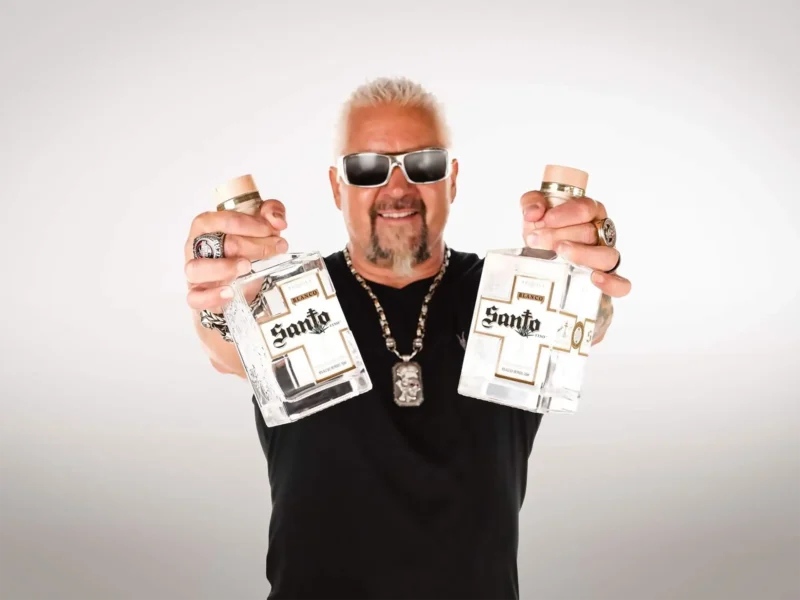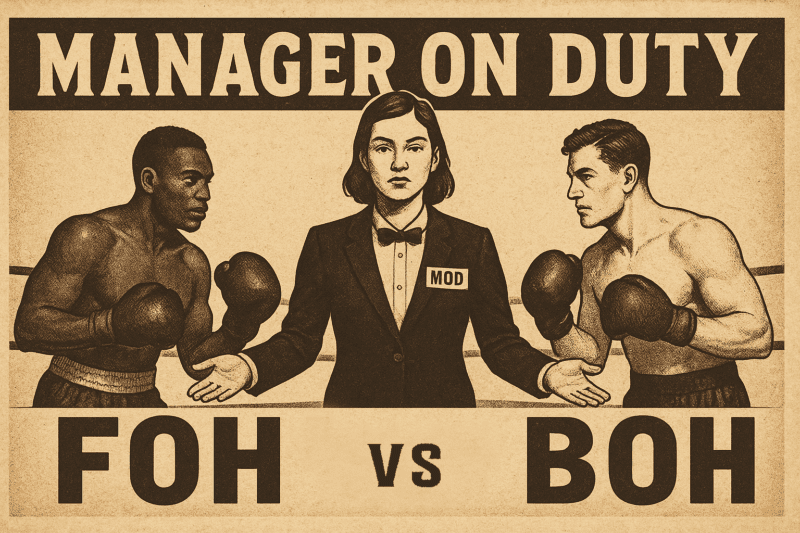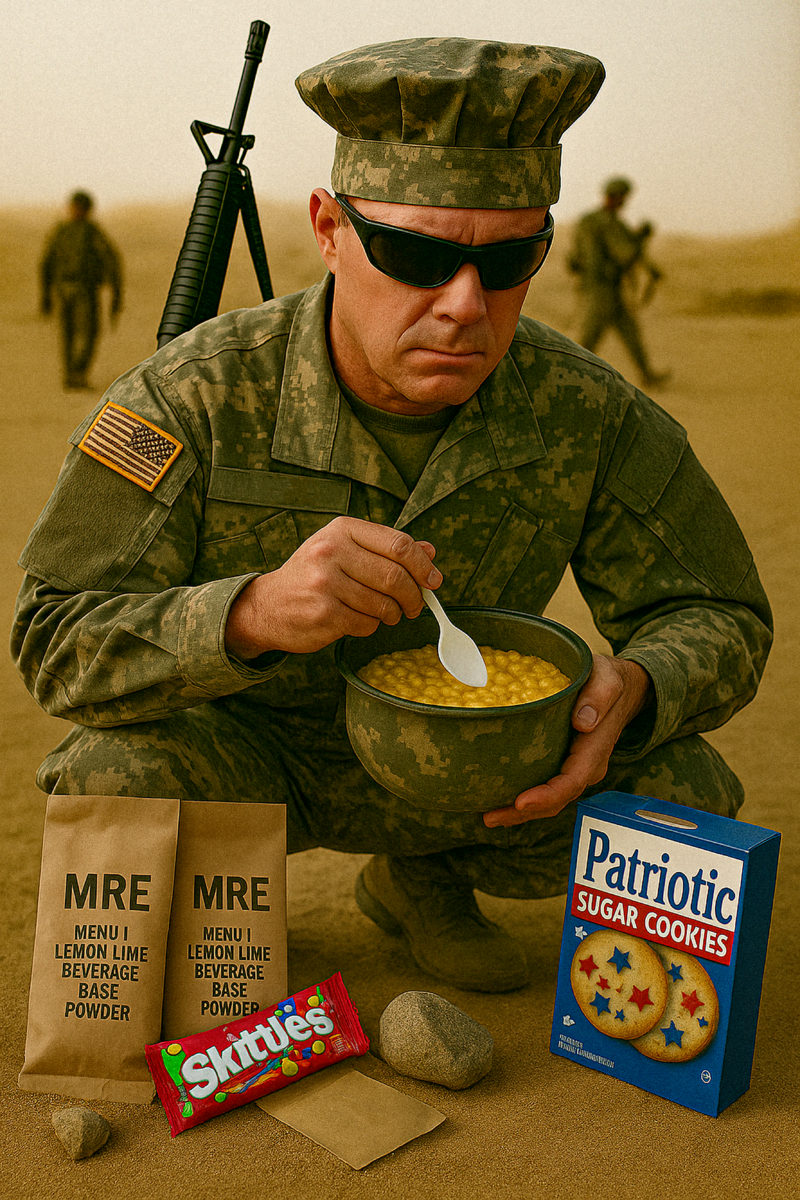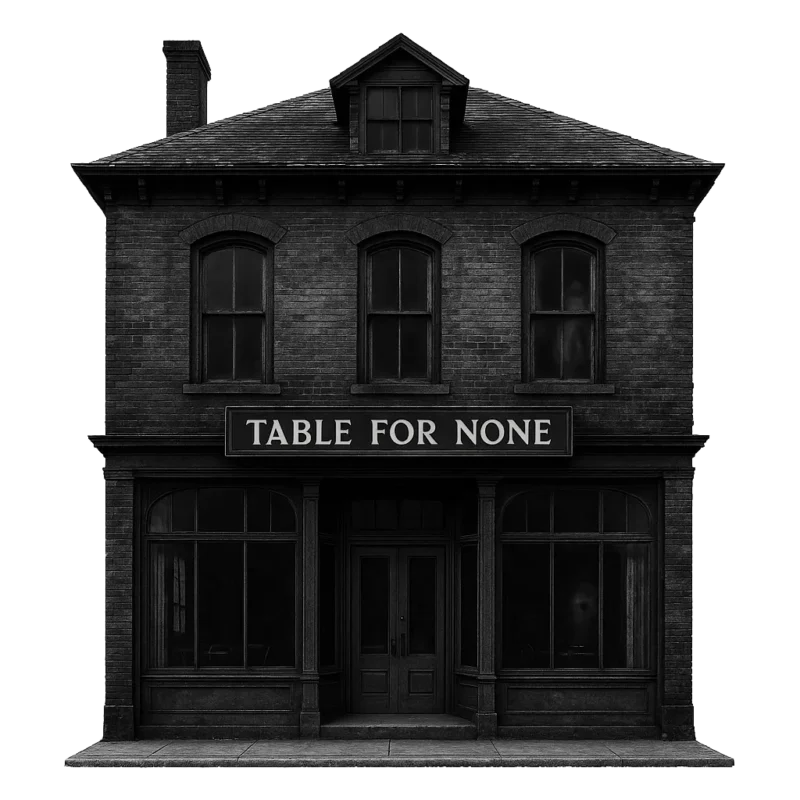Non-Slippin’ in the Kitchen: Real Workwear Reviews for Long Shifts Standing
Restaurant Workwear Reviews for 10-Hour Shifts and 10K+ Steps
| Estimated Reading Time: 4-5 Minutes
Hey there, fellow F&B’rs.
Welcome to our restaurant workwear reviews real ass gear tested by F&B workers who’ve survived clopenings, greasy floors, and 10-hour shifts.
Forget those sugar-coated Amazon reviews.
We’re talking 10-hour shifts, 10,000+ steps, fryer splatter, drink spills, and zero breaks.
If it held up, we’ll tell you. If it sucked? We’ll tell you that too
every one of our restaurant workwear reviews is based on real wear, real shifts, and real bullshit.
From non-slip shoes and chef pants to insoles that don’t feel like cardboard, we’re reviewing the stuff that keeps you moving when everyone else is slowing down.
These are restaurant workwear reviews that actually mean something to people in the trenches.
Sign up and stay in the loop—we’re always adding new restaurant workwear reviews to help you survive the shift and stay upright doing it.
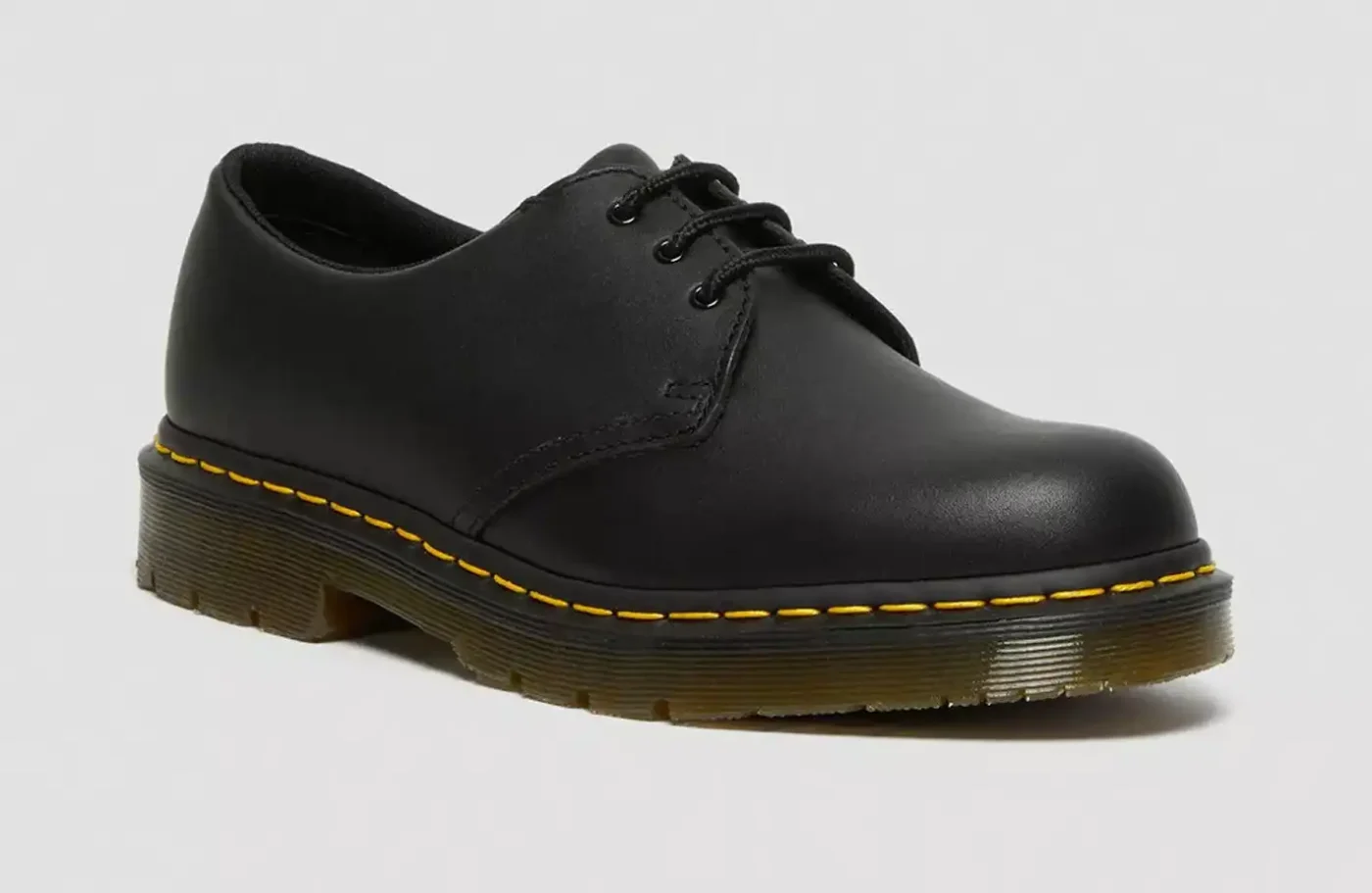
Doc Martens |
Doc Martens Slip Resistant Leather Oxford Shoes
hen I was a kid I was into heavy metal and hardcoreish music.
I owned a pair of Doc Martens.
Later I got into more alternative and artsy stuff, and yeah, I had Docs again.
Now I’m an old F&B’r, and it’s kind of cool seeing the younger generation into them too.
I’ve seen all kinds, different colors, different styles. A couple years ago I saw a coworker wearing a pair and asked, “Are those slip resistant?”
She said, “They’re supposed to be.”
Then there was a flood at work. A full-on water leak.
Management offered to buy everyone working that day new shoes.
So why the fuck not?
Now I’m the old guy wearing Doc Martens again.
Style wise ?
Still Cool & Always Will Be
First impressions, they look amazing. At least I think so. Docs never really go out of style. That part they nailed.
Fit?
Stiff As Hell
But here’s where they go wrong. They’re solid. Like clamshells around your feet.
They need a lot of breaking in. And if you’re FOH, these things are brutal to walk around in.
\They’re solid, but also heavy and kind of awkward. I felt like Frankenstein carrying a tray.
Comfort?
Mixed Bag
The insoles are sturdy and give decent arch support. After a week or so I didn’t get any blisters and they started to feel more supportive. Just know the first few shifts are going to suck.
Slip Resistance?
Kinda Icy
Not gonna lie, the non-slip claim is questionable. I don’t know where they tested these but in a real kitchen it felt like walking on ice skates. Not terrible, but not great.
But hey, I looked good in them.
Water and Grease Resistance?
Yeah
They’re waterproof. Pretty sure they’re greaseproof too. They might even look better with a little splash on them. Gives them a bit of shine.
Final Verdict
If you’re BOH, these might be for you. They’re built tough and give solid protection.
If you’re FOH and moving around fast, these might not cut it. Heavy and stiff.
But they still look good, so
I’ll wear them out. Just not to work.
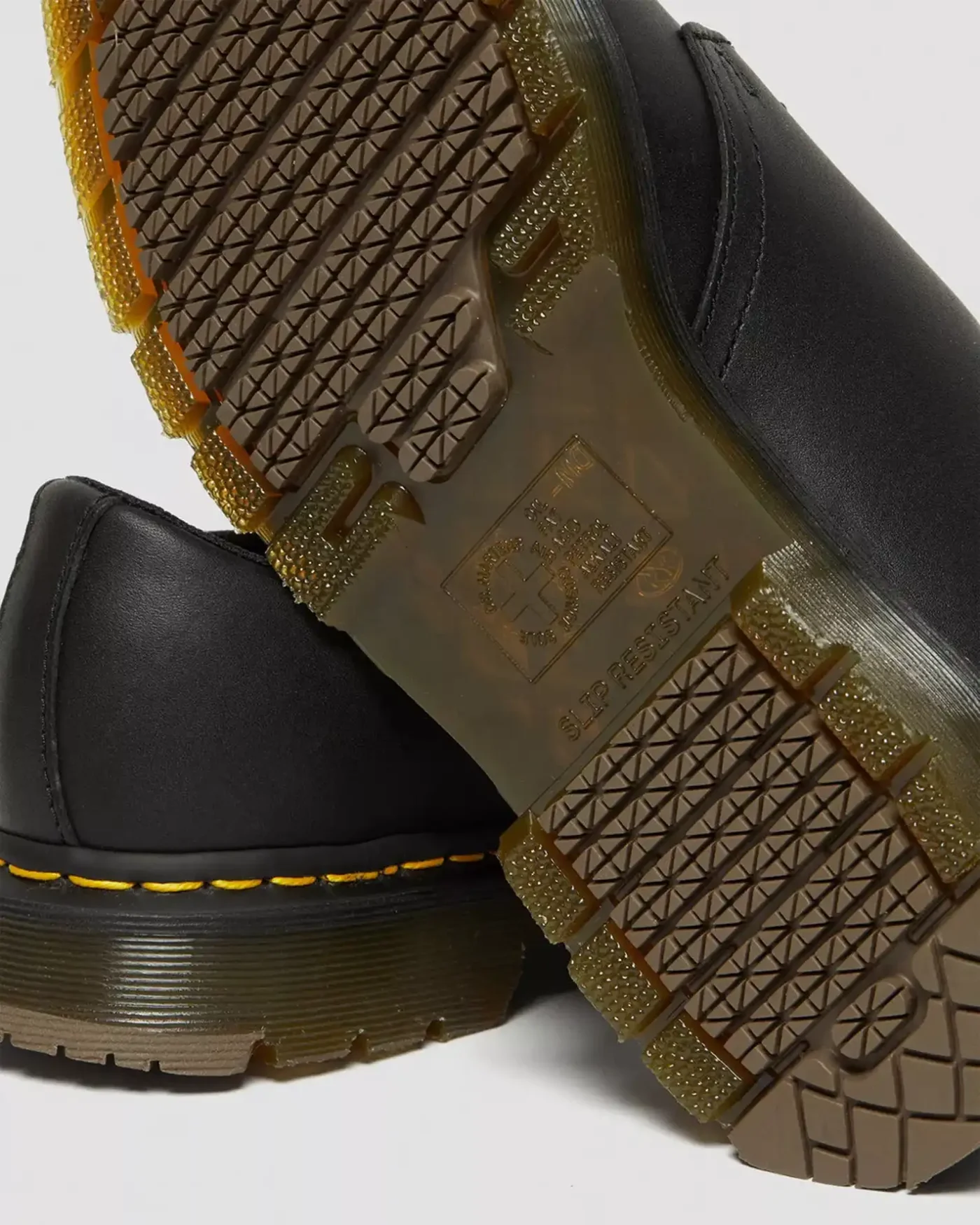
Doc Soles | Image by Doc Soles
Review by Jerbear
Keep scrolling down for more reviews

Lighters |
Choosing Your Flame: Lighter Guide for Every Food and Beverage Worker
here's one tool in both
the back and front of the house that every cook, server, busboy, and manager will covet and hate. This is particularly true for Food and Beverage workers in the fast-paced world of F&B.
“One Lighter to rule them all, One Lighter to find them, One Lighter to bring them all and in the Darkness bind them.”
The lighter. The trusty Bic. For years the Bic has been the master of lighting grandma’s ninety-third birthday candles at brunch. It lights the fryer back up in the morning.
The mighty Bic tamps down the bowl after the shift and lights the secret cigarette at 8:45 PM when that steak comes back over temp. Lighters are the forgotten tool of every FAB (Food and Beverage) member, and perhaps the most essential.
What lighter is good for you? The mighty Bic? The cheapest lighter at the gas station because everyone steals it? Maybe the Zippo if you’re trying to take the hostess home on the back of your Harley after work?
Let’s find out the best lighters for restaurant workers and Food and Beverage professionals.
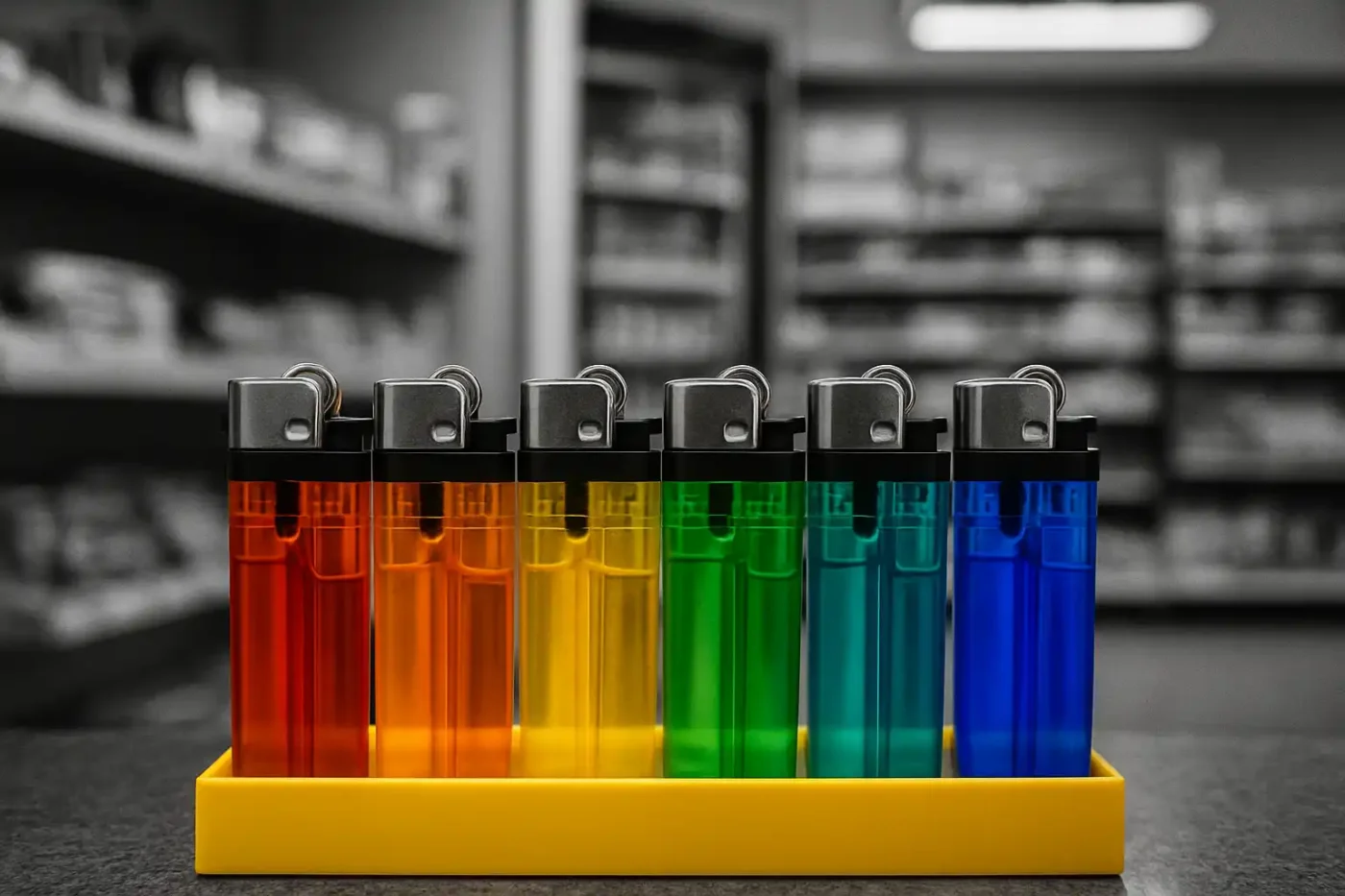
Cheap Lighters | Image by Cheap Lighters
The Budget Burner: Cheap Ass Gas Station Lighters
So you’ve decided to spend your money on the cheapest lighter you can get. The clear gas station lighter. These come in all colors of the rainbow, and you can tell one by its very distinctive clear case.
These are rough on the thumb and give a whisper of flame when you light. These disposable lighters are worth every penny you put into them – maybe a day or two.
I’ve seen more of these lighters smashed in parking lots than in the hands of F&B staff. Even for these basic tools, consistent performance is key in a demanding kitchen.
Advantages of Cheap Plastic Lighters:
- Does work a couple times.
Disadvantages of Cheap Plastic Lighters:
- Everything.
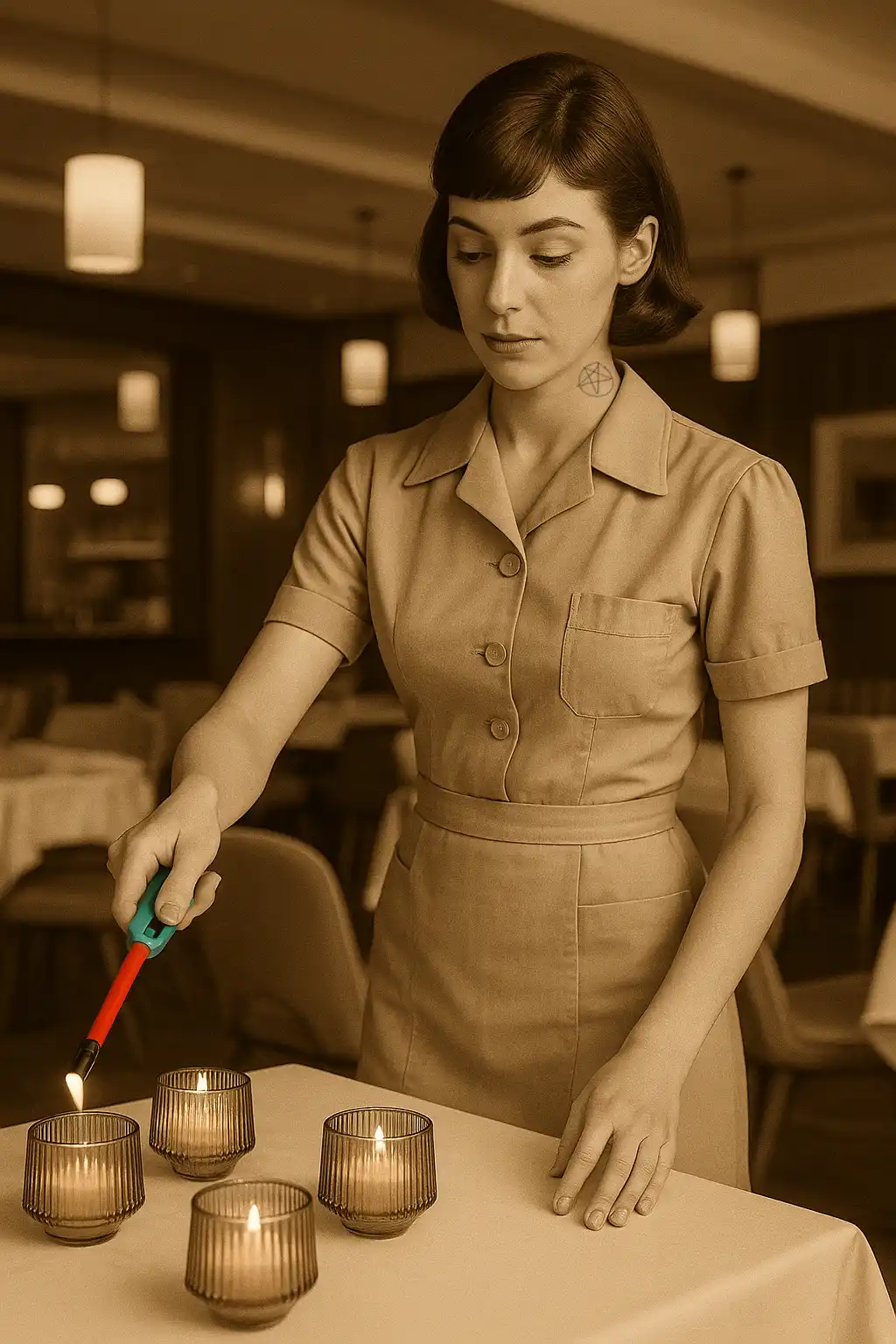
| Image by Stick Lighter
The Modern Flame: Butane Stick Lighters
Butane stick lighters are a thing of the future. Good for the environment, they’re refillable, and come in all shapes and sizes. I’d say these are more front-of-the-house style lighters, perfect for the refined needs of a Food and Beverage worker.
Light a candle, light a lobster butter these can stick into nooks and crannies.
These are high-heat, quick-lighting, windproof lighters. Easy to light in a crowded dining room, you can buy these in disposable and refillable versions.
I like the high-power ones so I can light stubborn candles, demonstrating that even a “simple” light often requires the right equipment.
Advantages of Butane Stick Lighters:
- High Heat & Precision: Will weld thin sheets of steel together, great for stubborn wicks.
- Windproof & Quick Lighting: Excellent for various tasks in busy environments.
- Refillable Options: More environmentally friendly.
Disadvantages of Butane Stick Lighters:
- Higher Price Point: More expensive than standard disposables.
- Requires Refill: Needs butane fuel, though often less frequent than a Zippo.
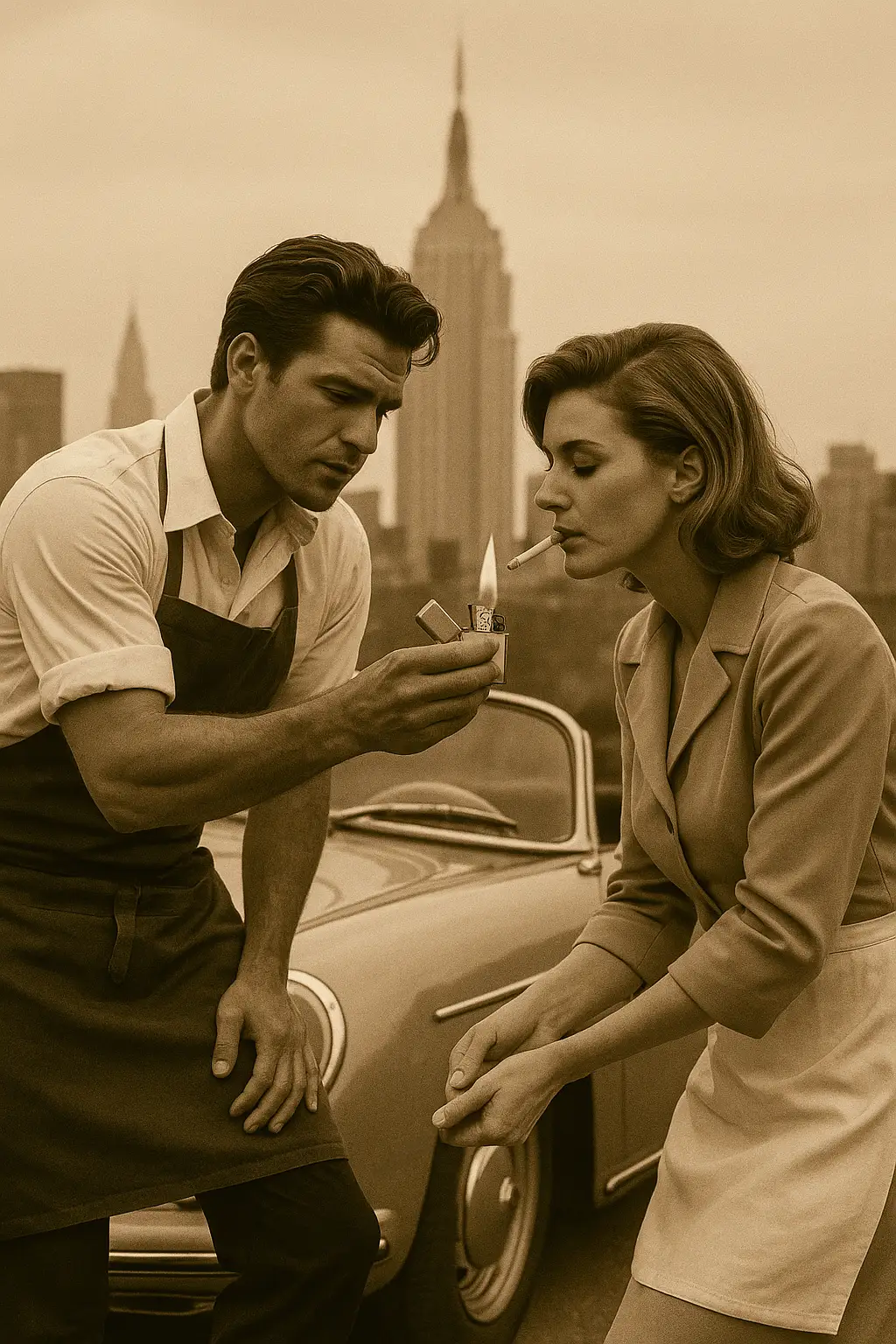
Speedster | Image by Speedster
The Iconic Flick: The Zippo Lighter
The Zippo. Flick it open. Clink. Sharp. Clean. Beautiful. There’s nothing less satisfying than lighting a Marlboro Red Shorts while standing outside the bar on a cold night.
You don’t feel the cold. Take a long draw and hear the soft crackle of a burning cigarette. Hear the soft crack of pool balls after the break. Whitesnake travels across muffled snow.
You will never be this cool ever again. Refillable and windproof, a Zippo is more than just a lighter.
Carve your initials into it, but never lend it. Offer a cupped hand and a light to the hottie at the bar and you are guaranteed a warm bed at the end of the night. Guard it with your life and give it some love.
You have a lighter that you can pass down to your kids, a testament to your time as a dedicated Food and Beverage worker.
Advantages of the Zippo:
- Cool Factor: Unmatched style and an iconic “click.”
- Durable & Refillable: Built to last a lifetime, reducing waste.
- Windproof: Reliable flame in virtually any weather.
- Heirloom Potential: A Zippo can be passed down through generations.
Disadvantages of the Zippo:
- Expensive: A higher initial price point compared to disposable lighters.
- Requires Refill: You’ll need to regularly refill it with lighter fluid, which can evaporate over time.
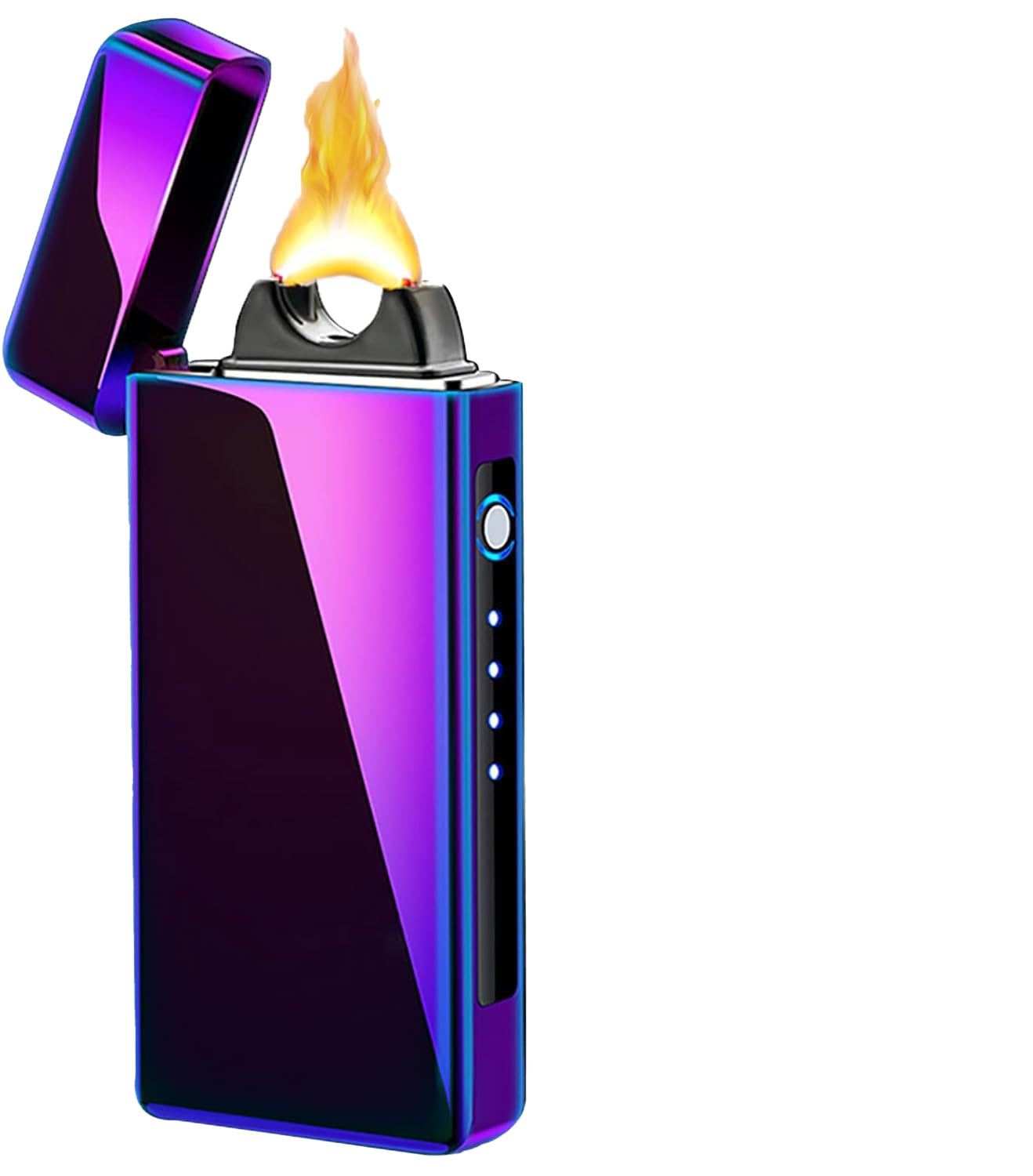
Ach Lighter |
The Electric Spark: The Arc Lighter
The electric lighter is lighter meets terminator. Tens of thousands of volts run through a gap that is two millimeters thick and create blue lightning bots that will ignite anything in its path.
Think Emperor Palpatine lightning bolts vs. Luke Skywalker. Concealable and discrete, these are just straight cool. They are usually longer and can ignite very small areas very quickly.
I’d definitely say these are front-of-the-house equipment, ideal for the modern F&B professional looking for efficient and stylish tools. You’ll only be disappointed by your laziness to charge it after a week or two. Maybe shock an assailant.
Advantages of Electric Lighters:
- Discrete & Effective: No flame, just an arc, making them sleek and powerful.
- Windproof: Not affected by wind.
- Rechargeable: No fluid needed.
Disadvantages of Electric Lighters:
- Small Point of Ignition: Can be tricky for wider surfaces.
- Must Recharge: Relies on battery, so needs regular charging.
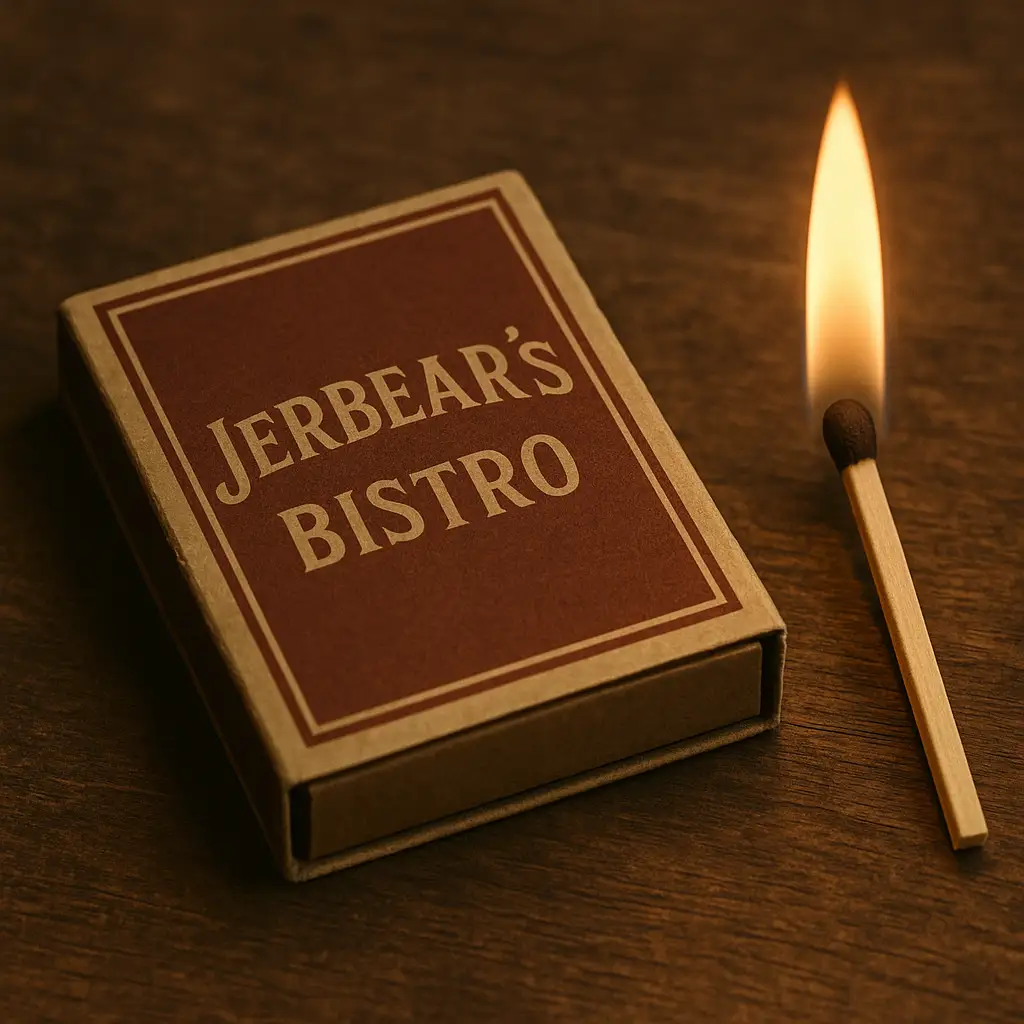
| Image by Matches
The Old School Spark: Matches
Okay, hipster kid. Or you, Mr. Forgot my lighter. The match harks back to the caveman.
The matchbook will never leave. Grab one as you walk out the front door. God help you if it’s the freebie from the hostess stand with a gentle reminder of the name of the restaurant on the front.
The matches that feel like cloth sticks. Pointer finger on the match head and drag it across the flimsiest matchbook on the face of the planet. Pray to all that is holy that the wind will be anything less than a whisper.
The tiniest match will give you about two seconds to light the smallest cigarettes. Even for an experienced Food and Beverage worker, matches can be a challenge, proving that sometimes, even “simple” tools require skill.
Advantages of Matches:
- Free: Often found for no cost.
- Nostalgic: A classic, simple ignition method.
Disadvantages of Matches:
- Wind-Sensitive: Unless you’re an Eagle Scout, these will be tough to light in any wind.
- Fragile: Easily broken and can be inconsistent.
- Short Burn Time: Limited time to ignite.
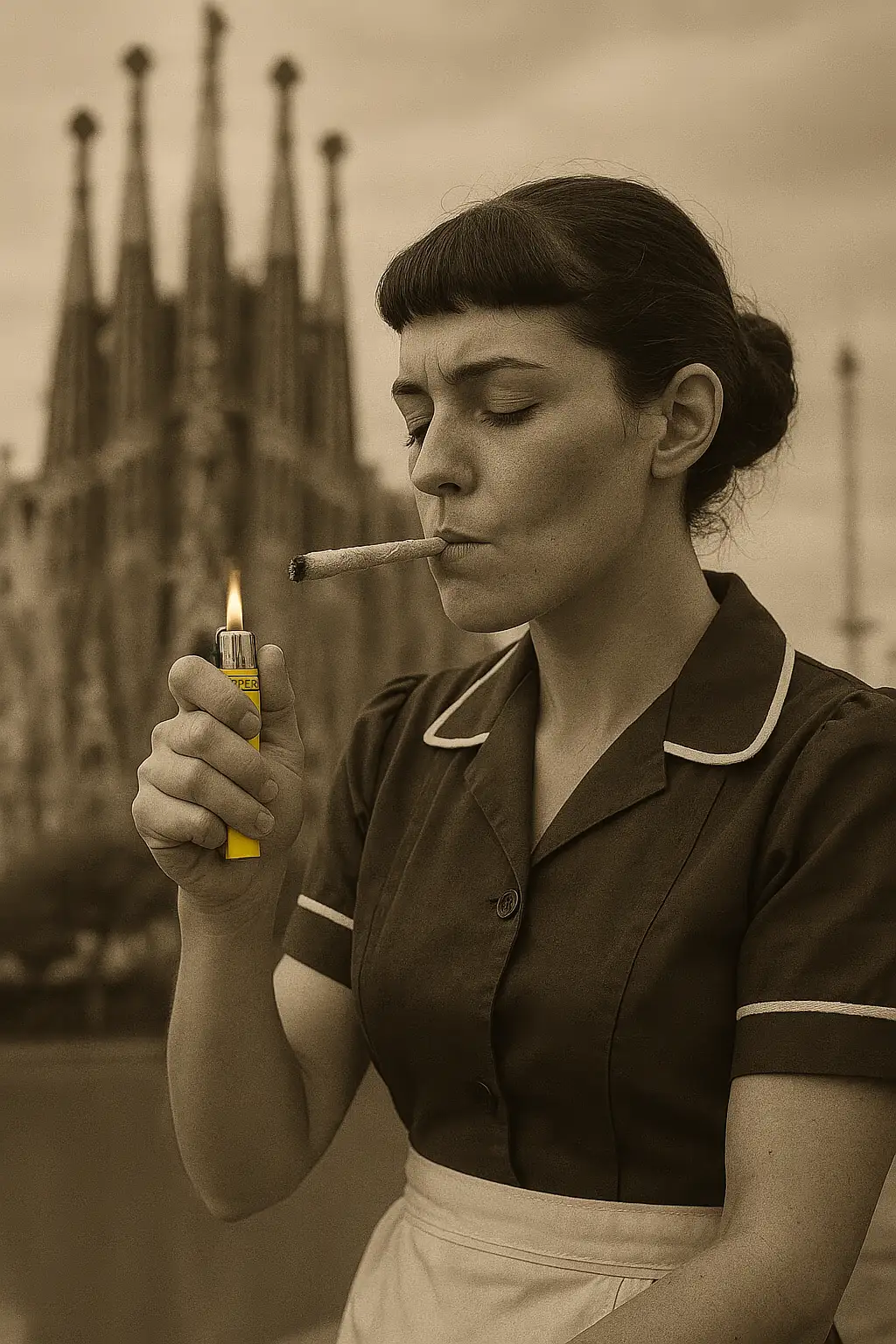
Clipper |
The Smoker’s Friend: Clipper Lighters
Clipper Lighters are the weed smoker’s best friend. Pretty cool that these are made in Barcelona. They also come in themed packs, so if you have a personal theme, you can keep the vibe going.
These lighters disassemble and become the Leatherman of lighters, allowing quick use with paraphernalia. They’re a favorite among many F&B workers for their versatility and often overlooked functionality.
Advantages of Clipper Lighters:
- Added Tools: Disassembles for various uses, like packing bowls.
- Refillable & Replaceable Flint: Sustainable and long-lasting.
- Customizable Designs: Wide variety of themed packs.
Disadvantages of Clipper Lighters:
- Striker Wheel Feel: The striker wheel feels a little rough compared to some others.
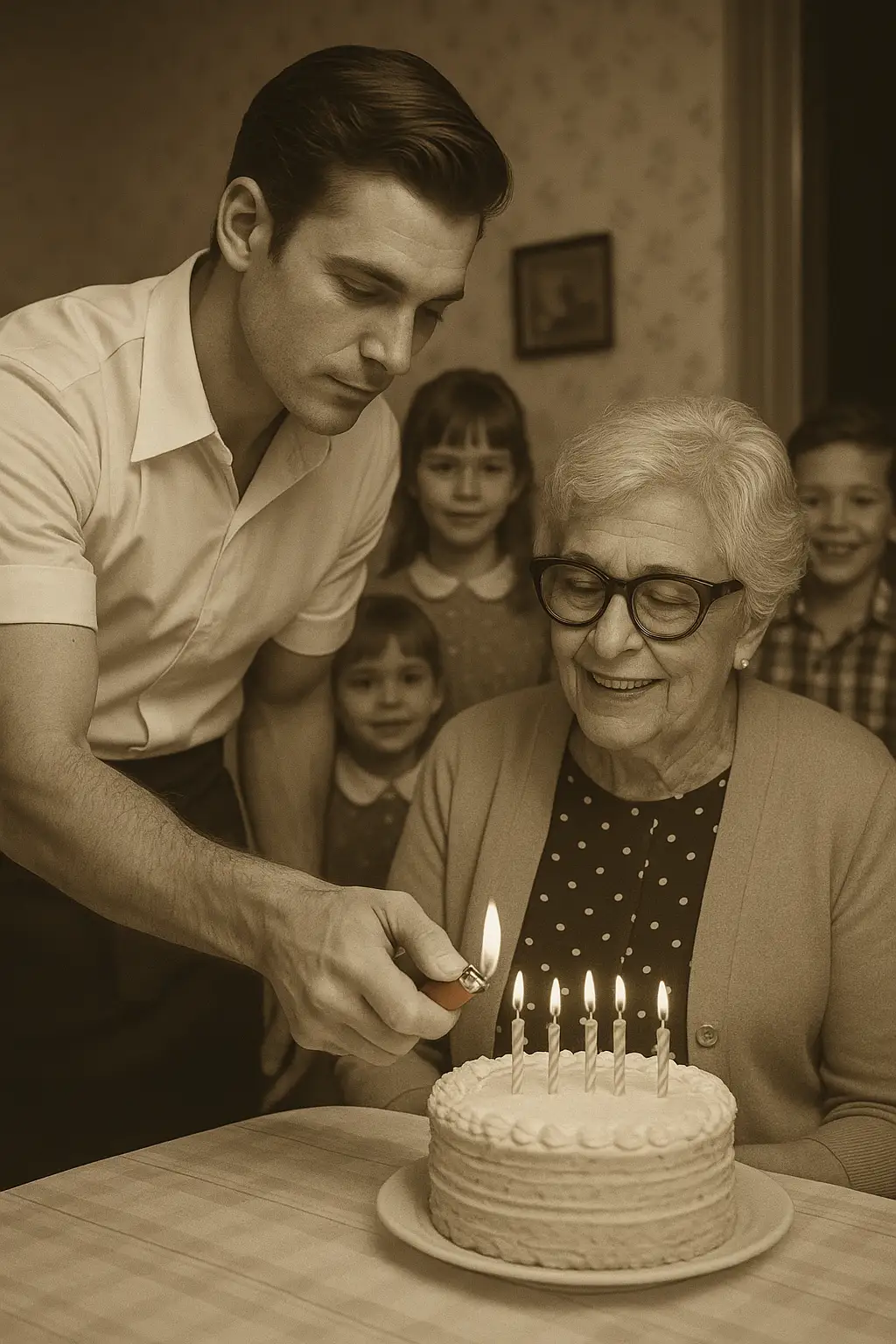
| Image by Grandma
The Gold Standard: The Bic Lighter
“One Lighter to rule them all, One Lighter to find them, One Lighter to bring them all and in the Darkness bind them.” This isn’t just a fantasy quote; it’s practically the truth when it comes to the ubiquitous Bic lighter in the culinary world.
For years, the trusty Bic has been the master of everything from lighting grandma’s ninety-third birthday candles at brunch to firing up the fryer in the morning.
This mighty little tool tamps down the bowl after the shift and discreetly lights that secret cigarette at 8:45 PM when a steak comes back over temp. Lighters, and specifically the Bic, are the forgotten workhorse of many generations in the Food and Beverage (FAB) industry.
They may seem like a basic item, but their consistent reliability makes them an indispensable part of an F&B professional’s toolkit.
Why the Bic is Your Go-To:
- Cheap: You can grab one while you’re buying cigarettes at the bodega or order a ten-pack off Amazon.
- Accessible: They’re everywhere, making them the ultimate last-minute purchase.
- Sharable (with caveats): While great for lending, be warned – if it doesn’t make it back, you have a lifelong grudge in the making.
- Customizable: You can find trippy designs, ones with pictures of your face, or just the classic solid colors. (Just don’t get a white one. If you know, you know.)
- Reliable: They are the workhorse of many generations, consistently delivering a flame when you need it. You’ll either have one for a night, or it’ll stick with you for six months.
The Bic’s Trade-offs:
- Lend it out, it’s gone: The very nature of its accessibility and disposability means a loaned Bic often becomes a forever-loaned Bic.
Lighters mean different things to different people. To some Food and Beverage workers, it’s part of the uniform. To others, they are as important as keys and wallet when leaving the house.
The tools, even those considered “non-skilling,” are vital to getting the job done right in the kitchen. Let us know your favorite.
Alex G.
Slip Ins Fronts | Image by Slip Ins Fronts
SKECHERS WORK – D’LUX WALKER SR
y son needed some work shoes for his new job, so I took him to get a pair.
I’ve been wearing Skechers work shoes for a while, so I told him to try them out.
Of course, like most of these chain shoe stores, they hit you with the
“buy one, get one half off”
Slip Ins Soles | Image by Slip Ins Soles
deal. I didn’t need anything,
but—WTF—I grabbed a pair of the slip-in sneakers.
And well… god damn.
They’re amazing.
That got me thinking: why not get the non-slip work shoe version of these slip-ins?
One of the better ideas I’ve had lately.
First off, the slip-in back is firm and supportive—your foot just slides in like it’s clocking in for a shift.
They’ve got solid arch support and honestly feel like you’re walking on mini cushions. Fit was spot-on.
The shell is super breathable, and the shoes themselves are light as feathers.
At work, I can honestly say: these might be the best work shoes I’ve ever owned.
Like other Skechers work shoes, the soles are seriously non-slip—perfect for the kitchen.
After an 8-hour shift and 12,000 steps, my feet and back still felt good.
That said, if I were working BOH, I probably wouldn’t wear these.
The mesh shell doesn’t offer enough protection.
They really should make a version with a hard or non-mesh shell for back-of-house workers.
Oh, and they look great too.
Not sure how long they’ll last, but at around $80, if I get 4–5 months out of them while doing 10K–15K steps a day, I’ll call that a win.
Final verdict?
Jerbear
I tip these shoes 27%.
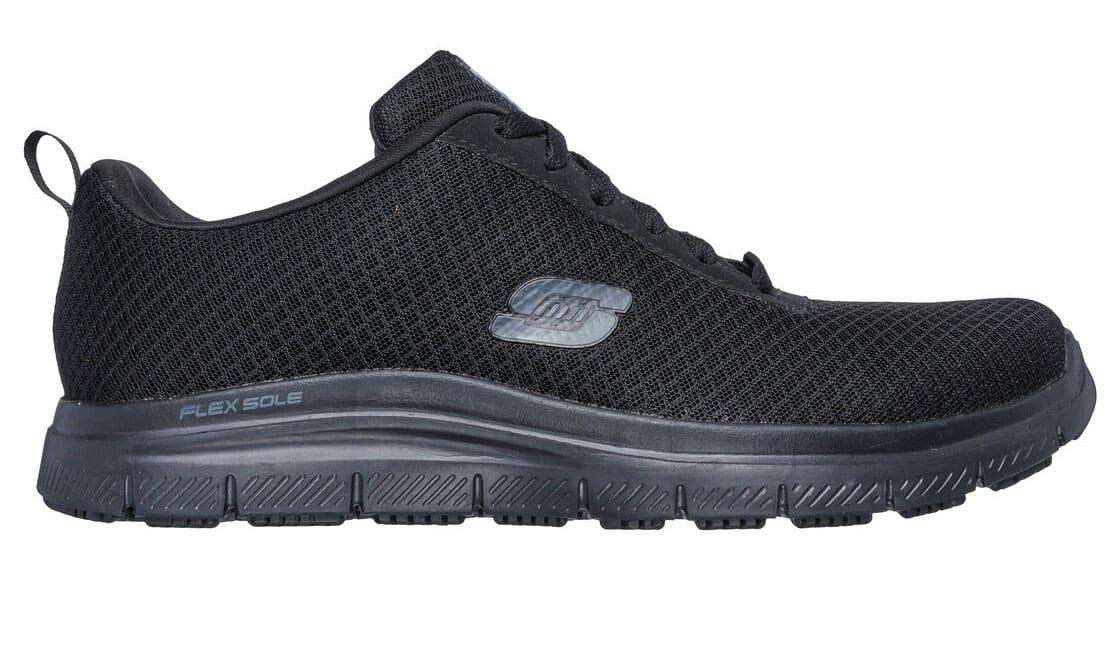
Skechers | Image by Bendon
Let’s give our laces lads some love.
Our previous shoes that we have reviewed have all been slip-ons,
but it’s time to make some bunny ears and lace up some work shoes.
Another option from the work shoe producer, the Skechers Men’s Flex Advantage Bendon Work Shoe is a
cloth topped shoe great for the front of the house.
The Flex Advantage will be great behind the bar or slinging sandwiches.
Wearing these outside the restaurant won’t catch you looking like a chump either.
This pair doesn’t look too much like a work shoe, so if you go out after work and keep it casual, it will fit right in.
This shoe is a great daily driver, but it might not be formal enough for a fine dining restaurant.
Don’t drop any sour cream on them like I did. Everything gets stuck in the textured pattern.
Because of this, if you work in an environment with lots of
flour or back behind the line this might not be the shoe for you.
The shoe itself is very breathable due to
its cloth nature, but will soak through to your socks if they get wet.
The laces give much better security and posture aid than the slip-on variety so it’s great for stairs
and running foods in a crowded dining room.
My feet felt secure because they were strapped on.
Some people might prefer this over the slip on variety. Slip-on shoes as they stretch and wear start to feel less
secure.
The foam sole that it has helps to absorb the shocks of the hard floors so I could wear it for hours.
These shoes claim they are non-skid, but I found them to slide slightly on oily floors and wet tile.
I like the shoe and it is comfortable, but the sliding non-skid and the price tag that is slightly over
average does keep it from being the top of the rest. 15%
Skechers Men’s Flex Advantage Bendon Work Shoe
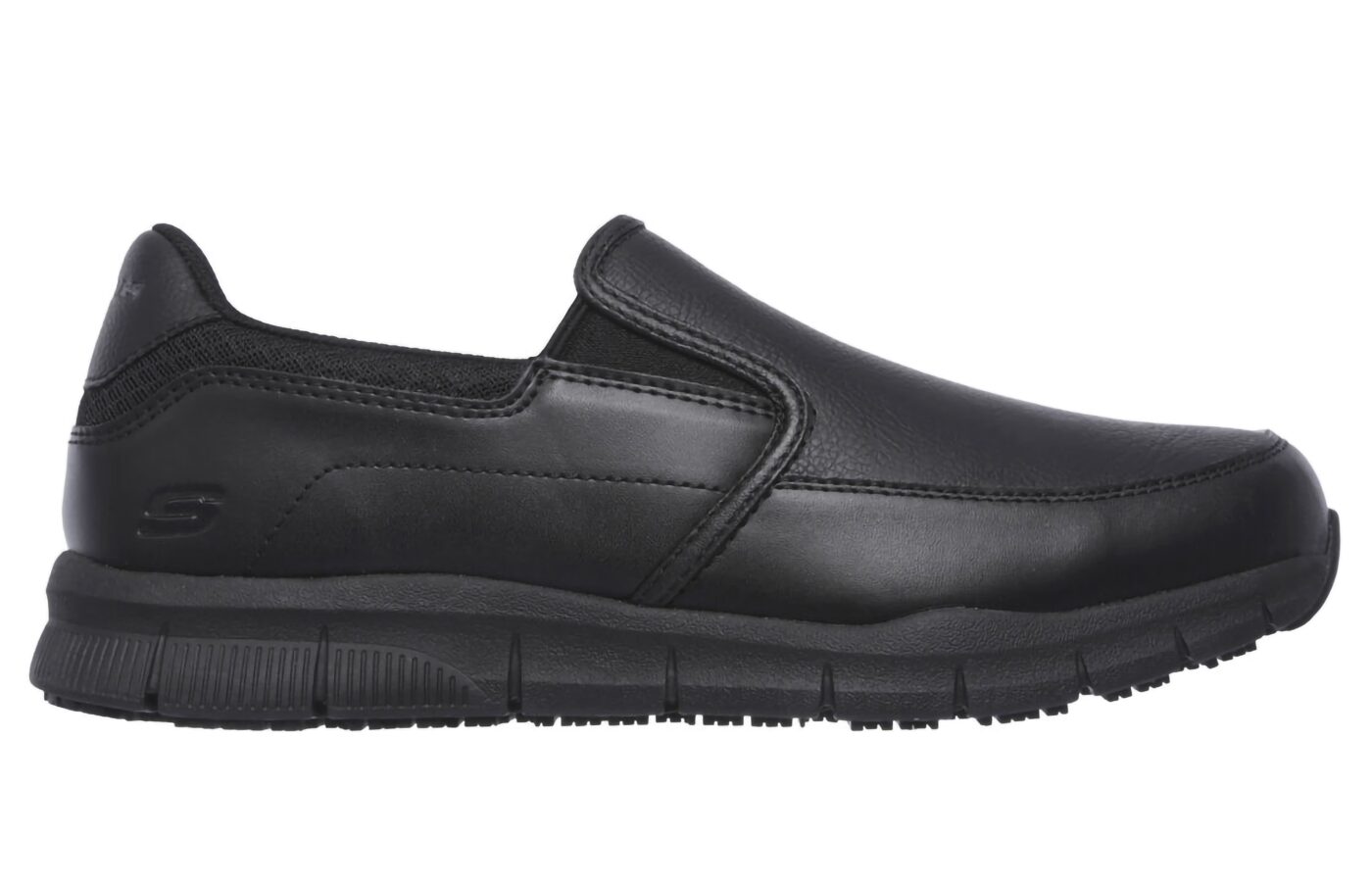
Skechers Men’s Nampa Groton | Image by Skechers
Skechers Men’s Nampa-Groton
The Skechers Men’s Nampa-Groton Food Service Shoe has been my go-to front-of-house shoe for years.
This shoe is non-slip, easy to slip on, and easy to kick off at 3 in the morning.
What I love about the shoe is that it’s comfortable and I feel secure running up and down flights of stairs.
I’m not worried about walking across a greasy kitchen floor, slipping on fry oil, and busting ass at the end of the night trying to leave.
The ease of wear and comfort these shoes offer are simply remarkable. Sometimes I do find myself wearing them to the grocery store on my day off when I’m too hungover to bend over and tie my shoes.
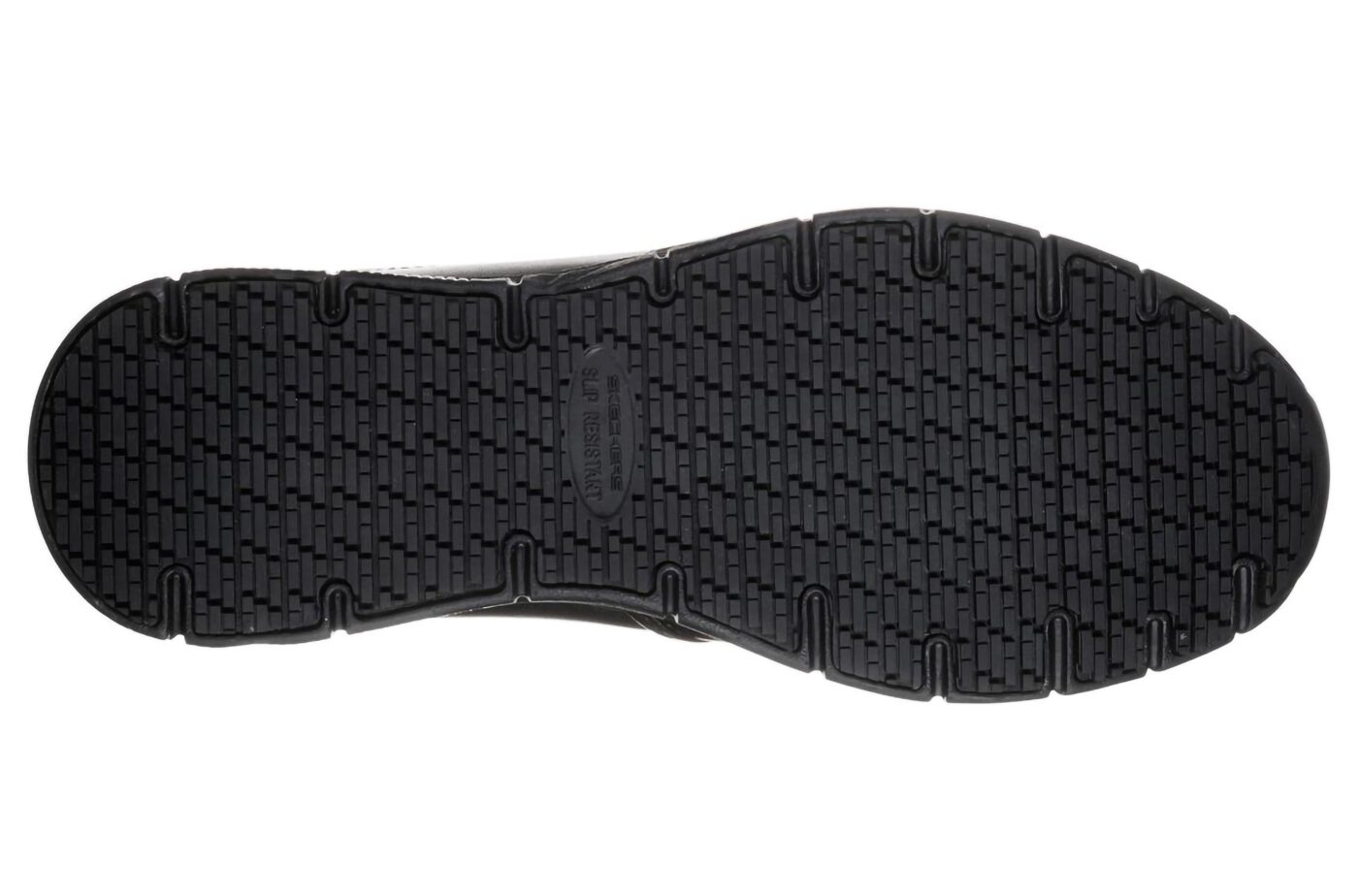
Skechers Men’s Nampa Groton Soles | Image by Skechers
The Skechers are unassuming and plain shoes but do carry a faux leather look.
Working at a semi-fine dining establishment, I think they would do well at the local dive, all the way to some of America’s great steakhouses.
It should be known they do wear out a little faster than others so be prepared to buy more often in a high-traffic environment. Overall, I give these shoes a %35 tip .

Dr Sholls Work1 | Image by Dr Sholls Work1
Okay, gang, it is time to talk insoles.
There are hundreds of different types of insoles for all of your feet, legs, and even back pain out there.
Adding insoles to your workwear arsenal is a great tool to fight years of abuse that we all endure.
They’re not just for your dad’s orthopedic shoes anymore. You can easily and cheaply save money on future medical bills and quality of life.
Who knew there was such a thing?
The entry-level Dr. Scholl’s “Work “insoles are a great benchmark.
Which, just like the bourbon, offers good entry quality for an even greater price.
Everyone has heard of Dr. Scholls and are readily available.
A quick trip to the drugstore around the corner on your way into your shift can reward you with a pair of theses.
They are very easy to trim to the shape of the inside of your shoe.
All you need are a pair of scissors and in minutes you have an extra layer of protection. Be careful not to trim too much.
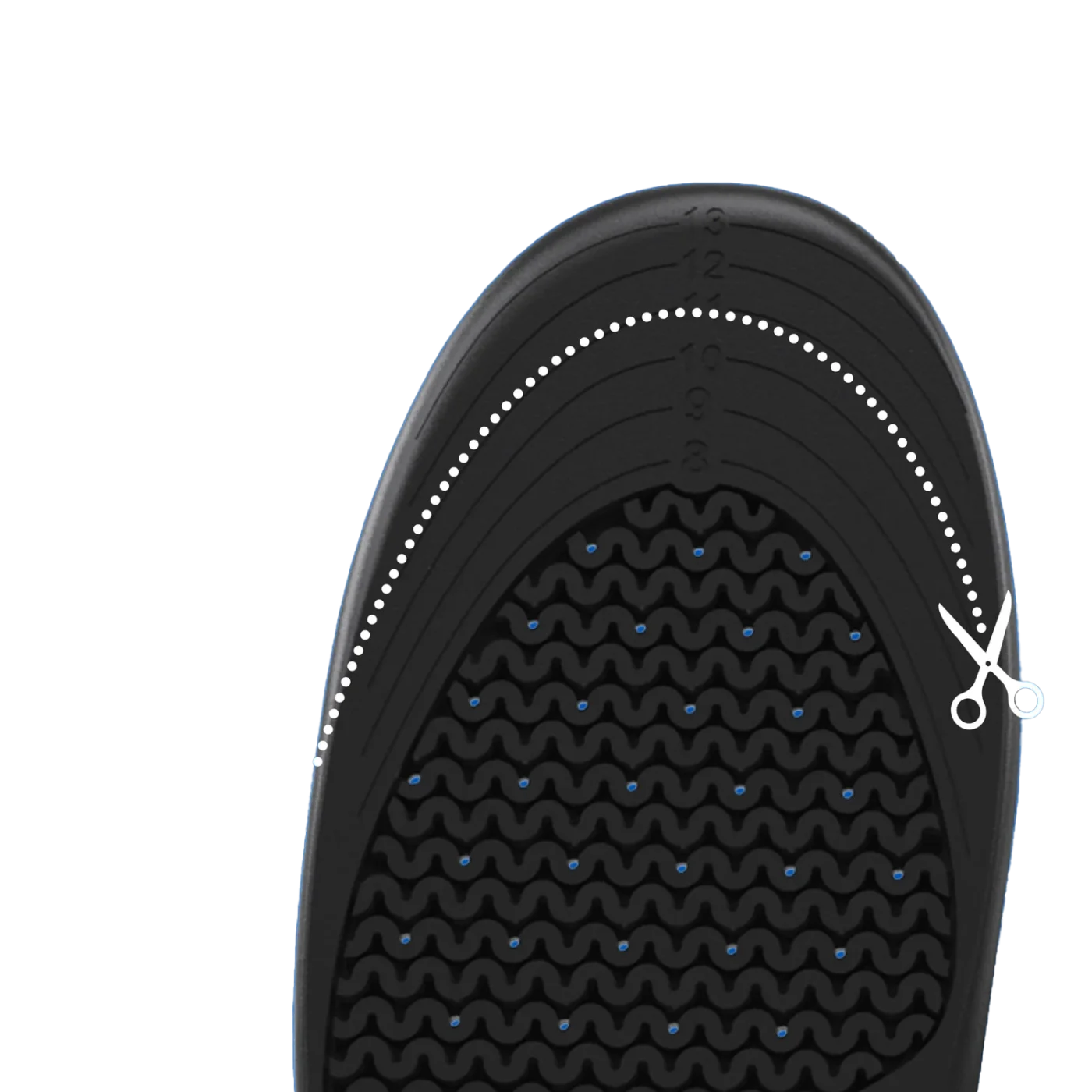
Dr Sholls 3 | Image by Dr Sholls
I noticed the sizing marks showing where to cut are different than what my actual shoe size is.
Trim a little off at a time and test fit so get the perfect fit. These do have gel construction and offer a limited amount of cushion.
I noticed less knee pain and back pain within a week or so. They do limit space in your shoe so think about that when sizing your shoe.
I noticed my feet are a little warmer too.
If you have very oddly shaped feet or a weird stance or a different stride you might have to get something with deeper cushioning.
I think these are a well-priced addition to add another layer of protection.
The insoles can definitely bridge the gap of having a cheaper shoe as well.
While these insoles might not make you feel like you’re walking on air, they offer a basic level of comfort that earns a solid 15% tip
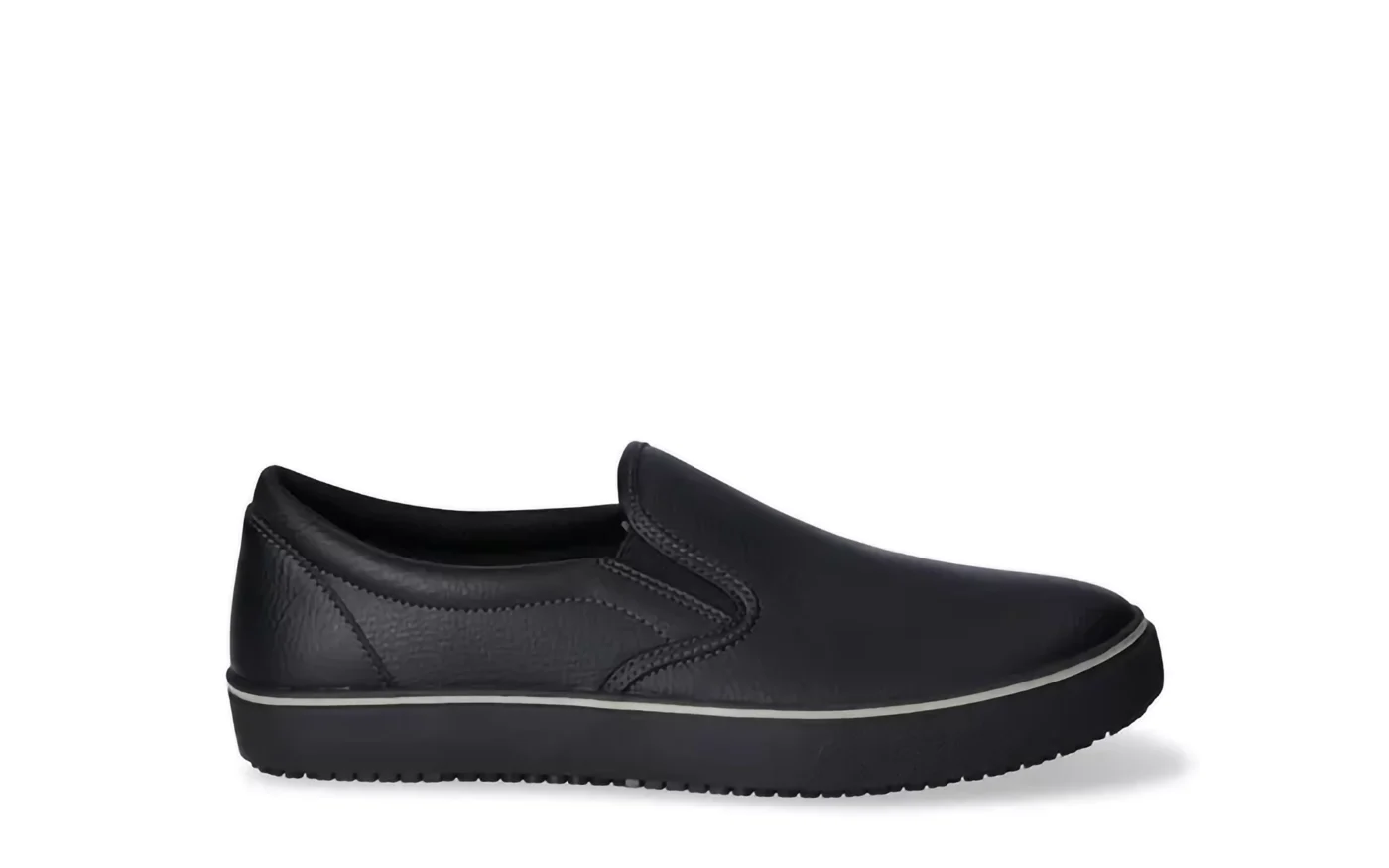
Tredsafe | Image by Tredsafe non-slip
Tredsafe Unisex Ric Slip Resistant Shoes
Walmart Tredsafe Shoes. I was pretty excited when I first saw this shoe. You know what? It looked pretty good.
Walmart designed this shoe with crisp, clear lines in the matte black slip-on loafer classic restaurant worker shoe.
They look comfortable, and the price tag is great too (about $30). So I put them on.
They are a little narrow for my feet but they look great. One shift in this pair showed me it could handle everything that was thrown at it. Non-slip is truly non-slip, no ice skating around.
There is zero wear-in period and they mold into your feet instantly and I had no blisters. I felt confident weaving through the crowd with full martinis in hand.
I thought we found the perfect shoe.
Then things went south. After working three shifts in a row and wearing them continuously, I started to notice a little pain in my kneecaps.
Nothing new.
Eight years of working in a restaurant with the kitchen on the first floor and the dining rooms on the second will bring pain in places that you didn’t know you had.
But by the end of my work week, I could barely get up and down the stairs. It was the shoes.
While most shoes we have reviewed either have a foam-style sole of the shoe or an insert, the Walmart pair is solid through and through.
This lack of support and suspension wreaks havoc on your joints because they are taking the full impact of every step you take.
When you take 15,000 steps in a shift, that’s some serious damage. Here is the takeaway.
This pair is a steal for how it looks and performs on a shift-by-shift experience.
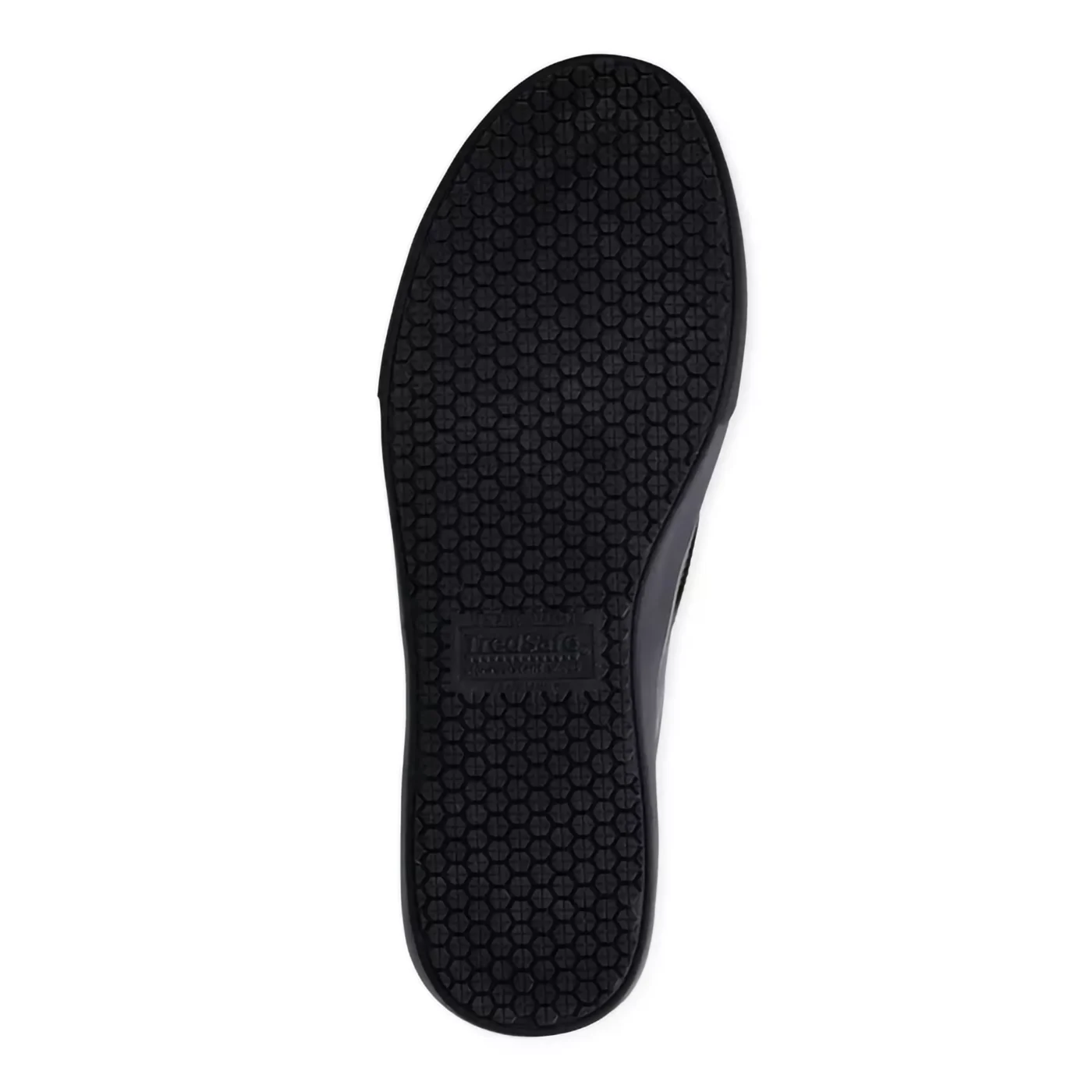
Tredsafe Soles | Image by Tredsafe Soles
The look and style belong to both the back and front of the house. But take care of your body kids. I would try to stay away from this shoe unless your budget is pretty tight.
The twenty-somethings in your first restaurant gig can probably handle it. But for the old-timers, if you need a backup pair or just something to get you by in a pinch, buy them and throw them in your trunk for a rainy day. If this pair is going to be your daily driver I would suggest an insole, but that mitigates the whole point of a low-cost shoe. Overall I give these an %18 tip.
Klogs Footwear Bistro Men’s Shoes US
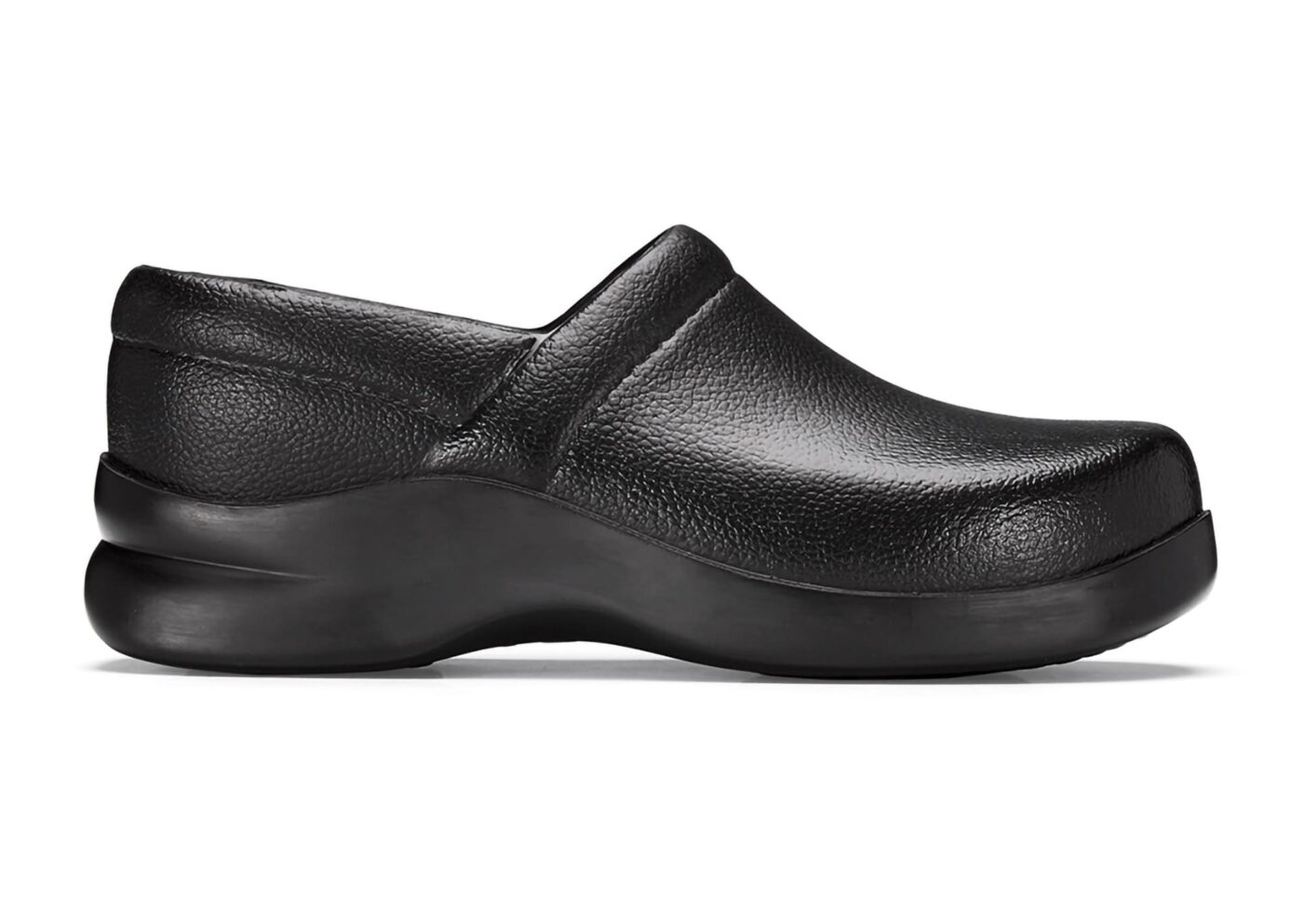
Klogs/Bistro | Image by Klogs
The Klogs Brand is an American-made shoe company with the service industries at heart.
When I saw this shoe for the first time, I could see every line cook from a sports bar tossing wings to the French Laundry Plating with tweezers wearing this shoe. It has that classic, unibody flat matte look that protects your feet from wet dishwater.
This shoe has a unique polyurethane-type outer sole and removable polyurethane insole to keep your feet from slipping.
It felt great to walk on and stand for long hours behind a hotline.
I would probably stay away from stairs and a lot of quick dodging of inebriated guests seeing that it’s a little more rigid and less secure around the heel.

Kolgs Bottom |
The shoe does tend to run a little big. The company explains in its online videos that the extra room is to allow the foot to swell after standing for a long period. Be prepared to try them on before committing to that night’s service. Overall a 25% tip. A great back-of-house shoe option.
Like what you’re reading?
